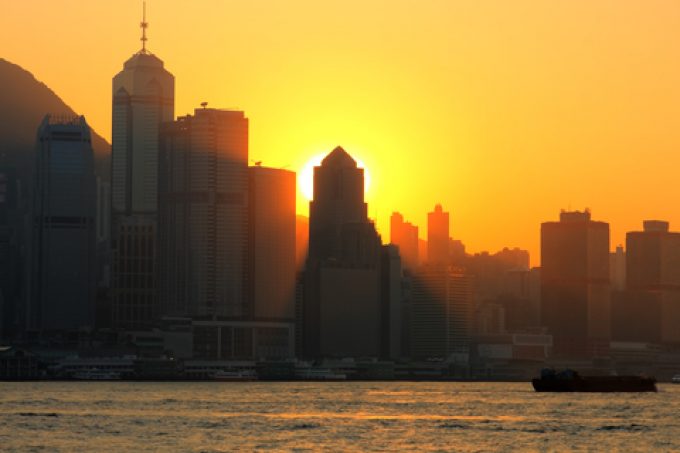White House u-turns see freighters flying but keep logistics players on their toes
Small businesses in the US will be breathing a (small) sigh of relief following the ...

The latest skirmish in the US-China trade war could “accelerate the demise” of Hong Kong as a major transhipment port.
While the ‘phase one’ trade deal was signed in January, subsequent tit-for-tat blame rhetoric has steadily raised tensions between Washington and Beijing again.
Hong Kong is now ...

Comment on this article